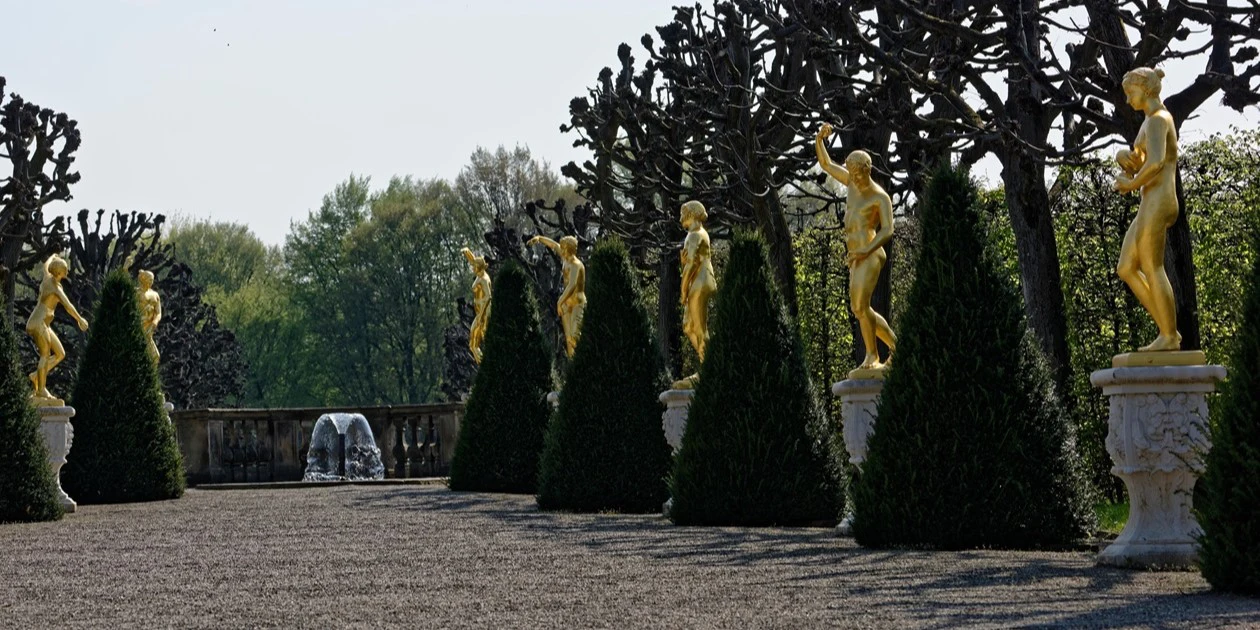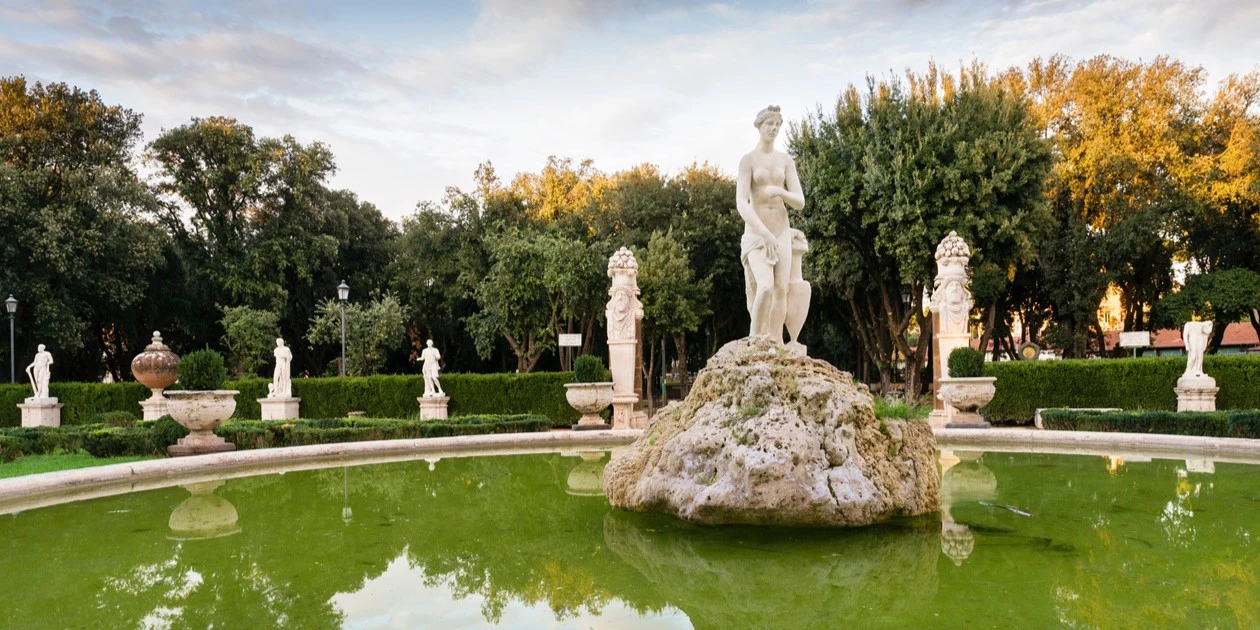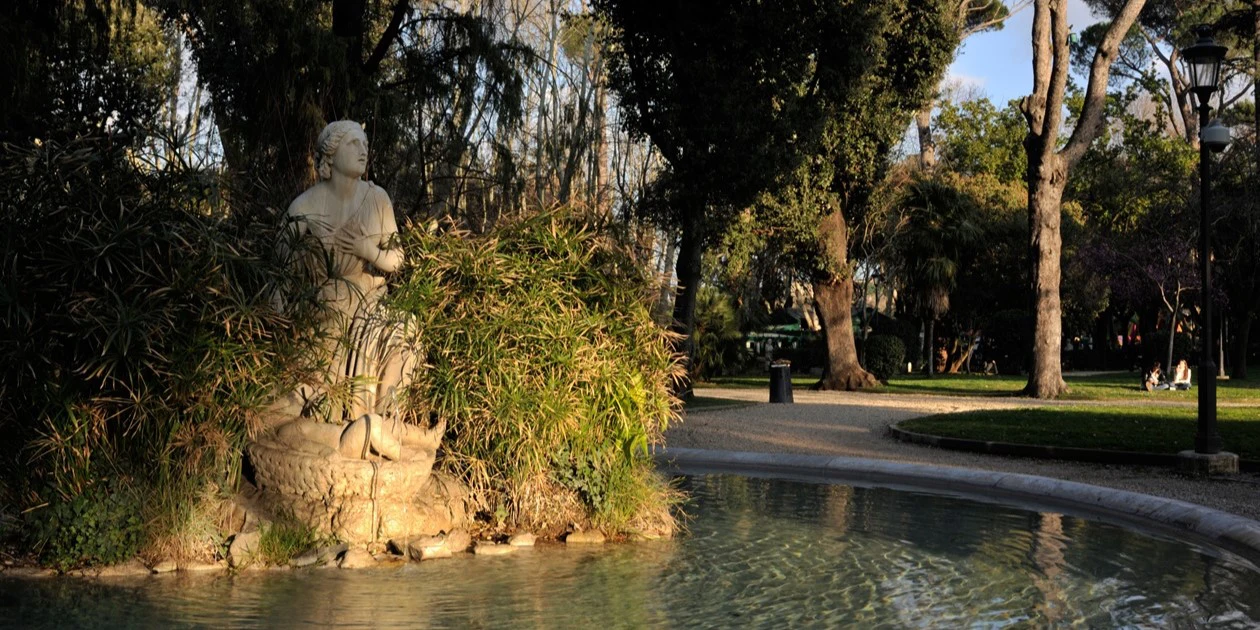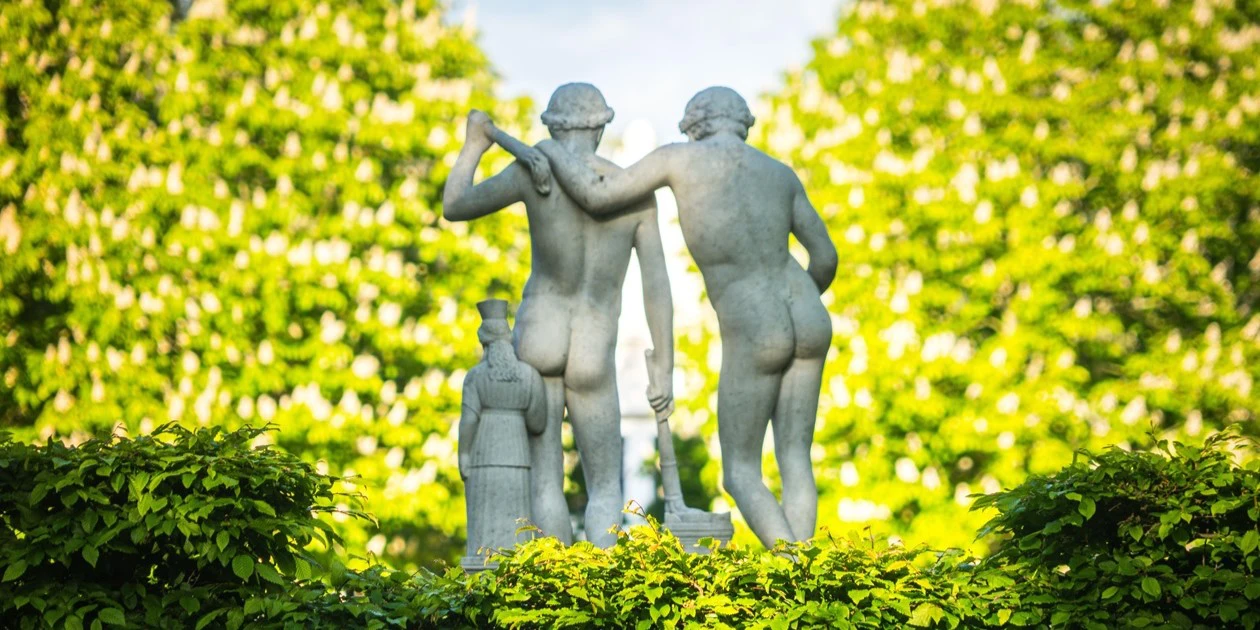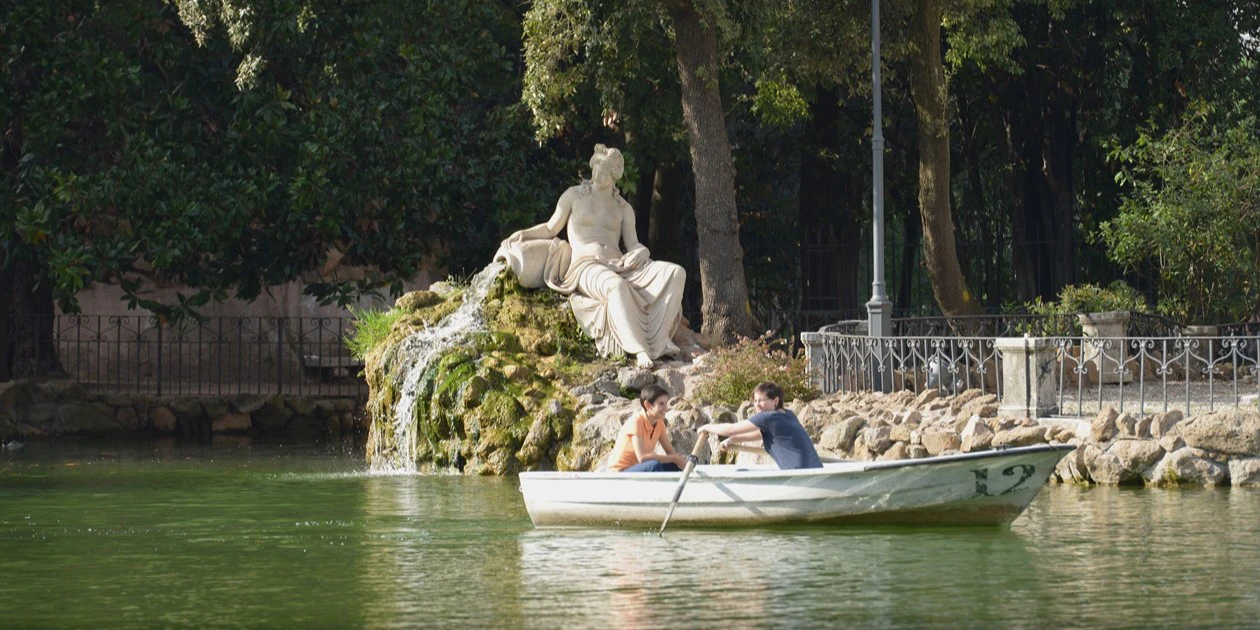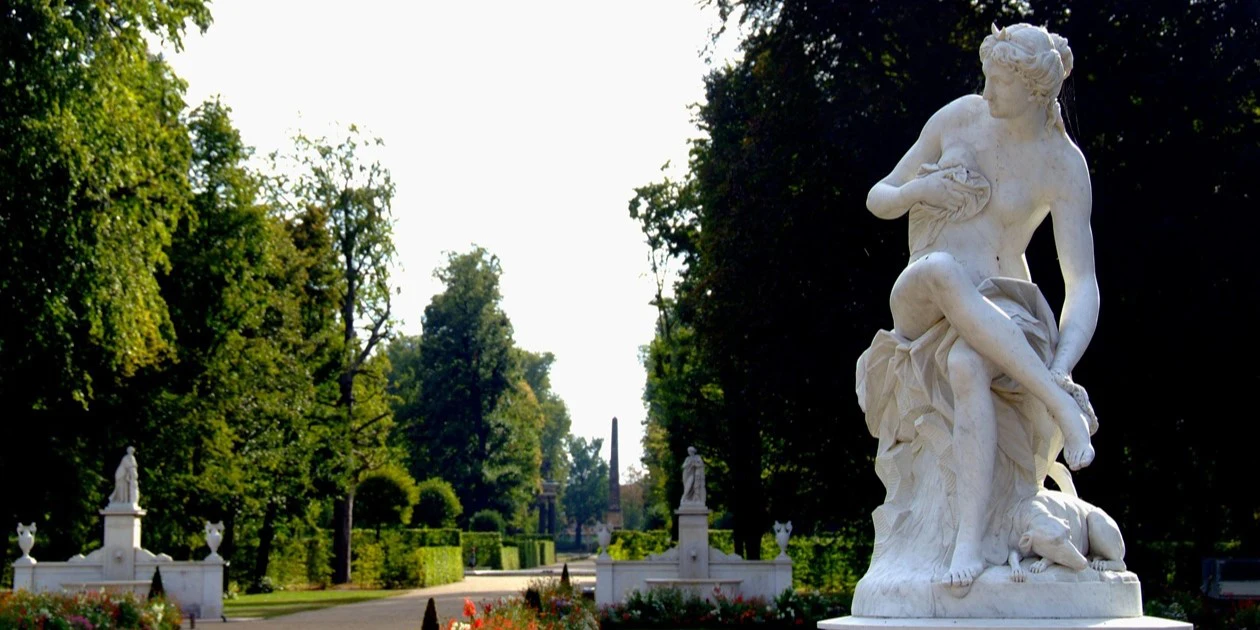Locations for Placing Life-Sized Bronze Replicas of Ancient Statues
Locations for Placing Life-Sized Bronze Replicas of Ancient Statues
When we talk about locations for the placement of ancient statues, we are referring to quite distinct spaces organized within a temporal context. We consider the placement of these statues in Greek and Roman antiquity. Then, we examine the places found for these special sculptures after their rediscovery and reevaluation in the Italian Renaissance.
Locations in Ancient Greece
In ancient Greece, statues couldn’t be conceived without their associated locations. The Oracle of Delphi, ancient worship sites like Dodona and Didyma, the sacred island of Delos, or Olympia, for example: all of them were adorned with statues, often accompanied by votive offerings. Many of these statues were so old in antiquity that their origins were no longer known. Pausanias often provides detailed accounts of the various speculations about these ancient sculptures. Votive offerings could have a variety of representations. Unlike the statues placed in temple precincts, which naturally mostly depicted the deities worshipped there, there was a colorful array of additional statues outside the actual temple cella reserved for the god. These often had a deep connection to the location, representing local heroes or warriors, for example. Most of these places were crowded with statues of all kinds, a density that is hard to imagine today. These statues were all part of ancient Greek everyday life. Often, high art stood alongside stalls selling daily life items. Bronze statues and marble works stood together and, as we know today, were colorful.
Locations in Ancient Rome
With the rise of Roman rule, many of the Greek originals became spoils of war and made their way to Rome. They found new locations there, often no longer related to their original mythical, religious, or historical significance in Greece. There was a commercialization. The statues became status symbols of the new world power and its wealthy elite. Roman palaces, baths, forums, and temples, as well as the villas of the super-rich in Tivoli or Herculaneum, filled up with statues from Greece. Additionally, these statues were now copied in countless Roman workshops. Because the Roman middle class also wanted to keep up and surround themselves with these status symbols, Greek originals, often cast in bronze, were now recast in marble. In series. It is thanks to this Roman mass production that we have inherited a certain number of Greek statues—lost in their original bronze form—passed down to us in marble. And here, in the Roman Empire, typical locations for these statues were already taking shape, determined by aesthetic and design considerations. And driven by the desire to create an environment for these sculptures that reflected the mythos of these statues.
Locations after the Start of the Italian Renaissance
After the rediscovery of antiquity in Italy, excavated ancient sculptures became precious possessions of the nobility and bourgeoisie in cities like Venice and Florence. And especially of the Renaissance popes, who were sitting, so to speak, in Rome, on the richest sources of all excavation sites. The excavated statues were supplemented and restored if not completely preserved and then made their way into the palaces and gardens of that time. Here, they became one of the first tourist attractions and often changed owners depending on wartime fortune or purchase. With some delay, these ancient statues made their way to the princely courts in Europe. There, they were placed in the castles and their parks, including the Palace of Versailles. At the beginning of the 18th century, when the Grand Tour educational journey to Italy became fashionable for the English nobility, the English began to buy ancient sculptures in large quantities. And thus, they adorned their magnificent country mansions and their extensive gardens and parks.
Locations in Modern Times
Bronze replicas of ancient sculptures are ideal for outdoor placement. They are absolutely weatherproof and have been designed for outdoor placement for millennia. However, these bronze replicas only exude their special emotional impact and their very own mythos when they correspond to the original in size and in the finest sculptural details. A quality that you can acquire here with us. Purchase life-sized bronze replicas of museum quality. The French sculptor Auguste Rodin once said about placing sculptures outdoors: “It is not the sculpture that embellishes the garden, but the garden that embellishes the sculpture.” The truth probably lies somewhere in between. Gardens and statues can mutually fuel and enhance each other. Here are some potential locations for placing life-sized bronze replicas of ancient statues.
Purchase Bronze Replicas of Ancient Statues for sculpture roundels
A circular statue arrangement is suitable for larger gardens or a park, often placed in front of a hotel or reception building. In a circular statue arrangement, a single statue can stand in the center, and a variety of statues can surround the circle. The more, the more impressive. Especially for sculpture roundel arrangements, it is recommended to place the statues on pedestals of approximately equal height. From a gardening perspective, these sculpture roundel arrangements are strictly geometrically structured, for example, with boxwood, and can be planted with lush blooms according to the season. A fountain with or without a statue can also be at the center of a sculpture roundel.
Purchase Bronze Replicas of Ancient Statues as Eye-Catchers in Avenues
The vistas of large avenues are perfect for statues and lead to them. Here it may be advisable not to use a bronze replica but to use a sculpture hewn or cast from white marble instead. The brightness of white makes the statue shine particularly at the end of a long vista. The contrast of gleaming white marble against the darker avenue trees, especially effective with copper beech trees, stimulates the senses.
Purchase Bronze Replicas of Ancient Statues for Formal Gilded Age Gardens
Formally designed gardens of villas from Edwardian times provide an aesthetically pleasing environment for ancient bronze statues. The symmetrical structures provide a frame for the statue, and expansive, well-kept lawns embed it in the natural mythos of its origin.
Purchase Bronze Replicas of Ancient Statues for Historical Private Urban Gardens
Gardens of historic townhouses place the statue in its own historical context and thus emphasize the relationship to the city’s cultural heritage. Especially small front gardens can be effectively staged with an ancient statue: the statue requires little space, occupies the vertical, and is attractive in all seasons, whether under autumn leaves, covered with snow, or under the first cherry blossoms of the street’s avenue trees.
Purchase Bronze Replicas of Ancient Statues for Your Private Country Garden
In country gardens, ancient bronze statues can be freely placed. Whether at intersections, under a mighty old tree, in front of a large hedge. Placed individually or in groups along gravel paths. In many larger gardens with extensive lawns, they are also placed there, usually always on pedestals. And of course, around bodies of water of all kinds. Whether small lakes, the lakeshore, a swimming pond, or even to flank bridges. The statues can be placed along the shore and reflect in the calm water for deeply romantic impressions. For the design of perennial borders, life-sized ancient bronze statues are an absolute highlight and eye-catcher. Vistas in country gardens are effectively emphasized and accentuated with bronze replicas of ancient statues. A sculpture path offers another inviting environment for ancient bronze statues. The statues are placed along a path and provide visitors to your garden with interactive and artistic moments. Or emphasize the Mediterranean character of your private garden with these statues.
Purchase Bronze Replicas of Ancient Statues for Your Seaside Villa
In doing so, you establish a connection to the original locations of these statues, which were often by the sea or within sight of the sea. And among the options are the Poseidon from Cape Artemision or the foam-born Aphrodite.
Purchase Bronze Replicas of Ancient Statues as Roof Finials
Ancient statues are particularly striking as roof finials for stately homes and mansions. The statue naturally gives the house its own character, its identity, and usually its name. Particularly popular here is the flying messenger god Mercury with the caduceus.
Invest in the Purchase of Bronze Replicas of Ancient Statues for Public Spaces
Ancient statues were always designed for public spaces. They shine most effectively there. Deployment locations include, among many others: golf courses, hotel complexes, urban parks, sculpture gardens, botanical gardens, park areas near historic monuments, and outdoor areas of cultural centers.



